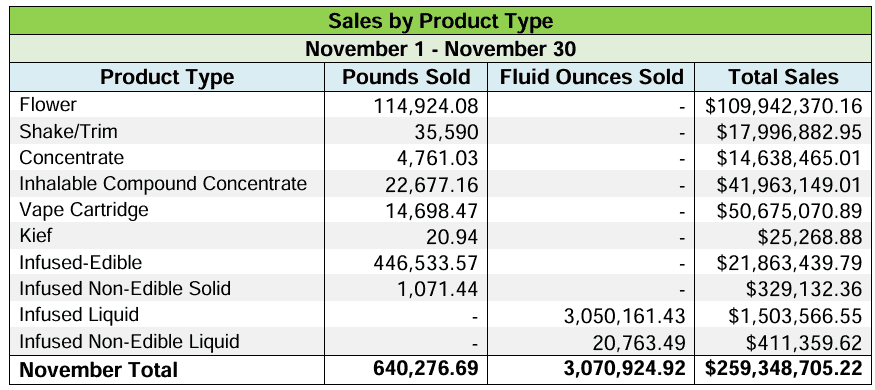NEW YORK – Beneath an East Hampton beach a few miles from Long Island’s fabled Montauk Point, the future of U.S. wind energy is taking shape. From a barge parked about one-third of a mile offshore, workers late last year began drilling horizontally beneath the seabed to make room for a new power transmission cable that will connect on land to a power company substation. If all goes as planned, by next year it will carry power generated by the 12-turbine South Fork Wind farm 35 miles east of Montauk Point into Long Island’s power grid. It will be New York’s first offshore wind farm.
That an offshore project is actually under construction in the U.S. is remarkable, given the permitting and litigation challenges that tend to drag plans out. But the South Fork Wind project—backed by Danish renewable energy giant Orsted and the utility Eversource Energy, and slated to begin operations in late 2023—is also notable for being built almost entirely with union labor, following the terms of a first-of-its-kind National Offshore Wind Agreement signed in May 2022 by Orsted and North America’s Building Trades Unions (NABTU).
That project labor agreement, along with passage this year of the federal Inflation Reduction Act (IRA), has buoyed hopes that a long-sought “just transition” for workers impacted by the shift to clean energy may finally be taking shape. For years, labor unions and allied environmental organizations have been arguing that high-quality jobs can and should power the shift away from fossil fuels—and that communities that have been economically reliant on those fuels shouldn’t be left behind. But the reality is that while wind- and solar-related jobs have grown in recent years, they often don’t pay as well as, say, a coal-fired power plant job. That has implications for America’s already-shrinking middle class.
The IRA isn’t perfect, but it’s a historic step toward a just transition, says Jason Walsh, executive director of the BlueGreen Alliance, a coalition of labor and environmental groups. The legislation plows an unprecedented $369 billion into climate-related investments and for the first time ties federal clean energy tax credits to union-level (a.k.a. “prevailing”) wage standards. This in effect sets a wage floor that ensures workers on qualifying renewable projects are paid well. Another crucial component of the IRA Walsh points to: its requirement that registered apprentices are employed on renewable energy projects above a certain size. That may sound arcane. But in essence, it may ensure that a national network of high-quality career-oriented training programs—many run by building trades unions—is built into the future of the country’s renewable energy sectors.
To read more, click on Forbes






